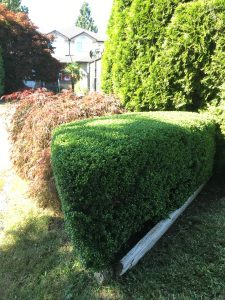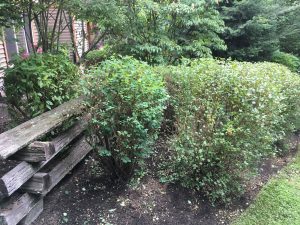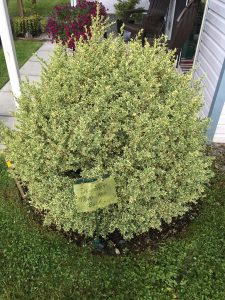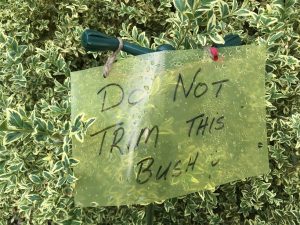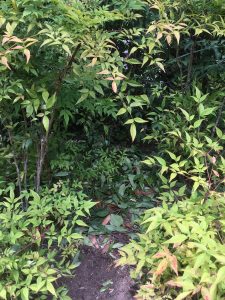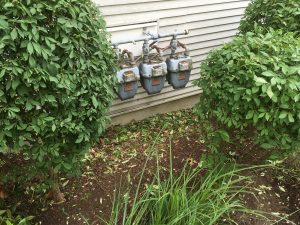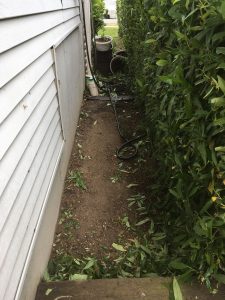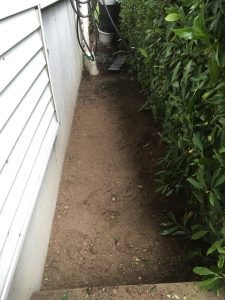Late June on the West Coast means mid-season pruning and, depending on site size, there can be a lot of pruning to do. Especially woody shrub pruning. And while landscapers do a great job with pruning, I am finding that the clean-ups often don’t match the beautiful precise pruning work. If you want mid-season pruning success then the key is great clean-up.
Mid-season pruning 101
Most of the mid-season pruning involves shrubs which tend to push out new growth and make people panic. They also tolerate power shearing fairly well. One example is pictured below. Cornus (dogwood), Symphoricarpos albus (Common snowberry) and Ribes. All three are shrubs and tolerate shaping with power shears. Give them a few weeks and they will start to look like they were never pruned.
For best results, always use good quality power shears with sharp blades. If you have lots to do, always bring a jerry can with you and keep it close by so there isn’t any unnecessary walking. Ear and eye protection is mandatory and I’m assuming everyone is always protected.
Exceptions
If you know your site well then this won’t be a problem. But when I prune on a new site for the first time I always ask about exceptions because they do exist. For example, some clients prefer more natural looking shrubs so you have to prune gently. Other exceptions are laurel hedge tops to be left almost untouched because they block parking stall car light beams.
The KEY
I can not overemphasize this: great clean-up work that matches the pruning job is a must. I often have to go behind our crews and double-check because inevitably two big problems arise.
One problem is debris left on top. It looks fine on your pruning day but one week later you start noticing brown branches on top of green shrubs and hedges. And your clients notice, too. So always train your crews to pick debris off the tops.
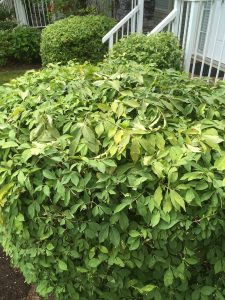
Note the debris left on top of the shrub. It will look way worse once it dries out and turns brown. Always check the tops after pruning.
Another problem is clean-up raking. This is where many workers struggle because they have to clean-up really well without removing too much soil; and they have to reach into tight spots which often gets very old. And quickly.
Again, it’s the foreman’s job to double-check before workers move on.
The ultimate sin is skipping clean-up altogether, say, in tight spaces between shrubs. There is no easy way to do the clean-up. It must match the pruning job.
Below are some examples of finished clean-up jobs. Yes, finished. It’s obvious the workers skipped the clean-up and the foreman didn’t check. The effect is horrific; it’s not even close to average when what we need is world class.
Conclusion
Mid-season pruning can be extremely demanding, especially when sites are huge. The key to mid-season pruning success is perfect clean-ups. Nothing can be skipped and the aim should always be to match the clean-up with your pruning job quality. Aim for world class!


